
Human Tongue Anatomy Human tongue, Tongue health, Anatomy
The base of the tongue refers to the postsulcal part that forms the ventral wall of the oropharynx, while the root of the tongue refers to a part of the presulcal tongue that is attached to the floor of the oral cavity. This article aims to discuss the development and gross anatomy of the tongue.
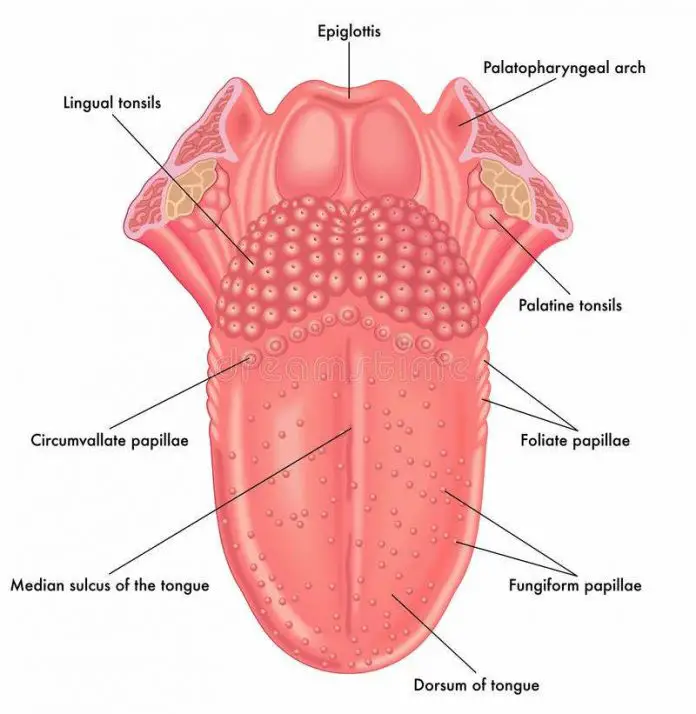
Diagram of tongue
Anatomy Function Associated Conditions Tests Taste buds are a small organ located primarily on the tongue. The adult human tongue contains between 2,000 and 8,000 taste buds, each of which are made up of 50 to 150 taste receptor cells. Taste receptor cells are responsible for reporting the sense of taste to the brain .
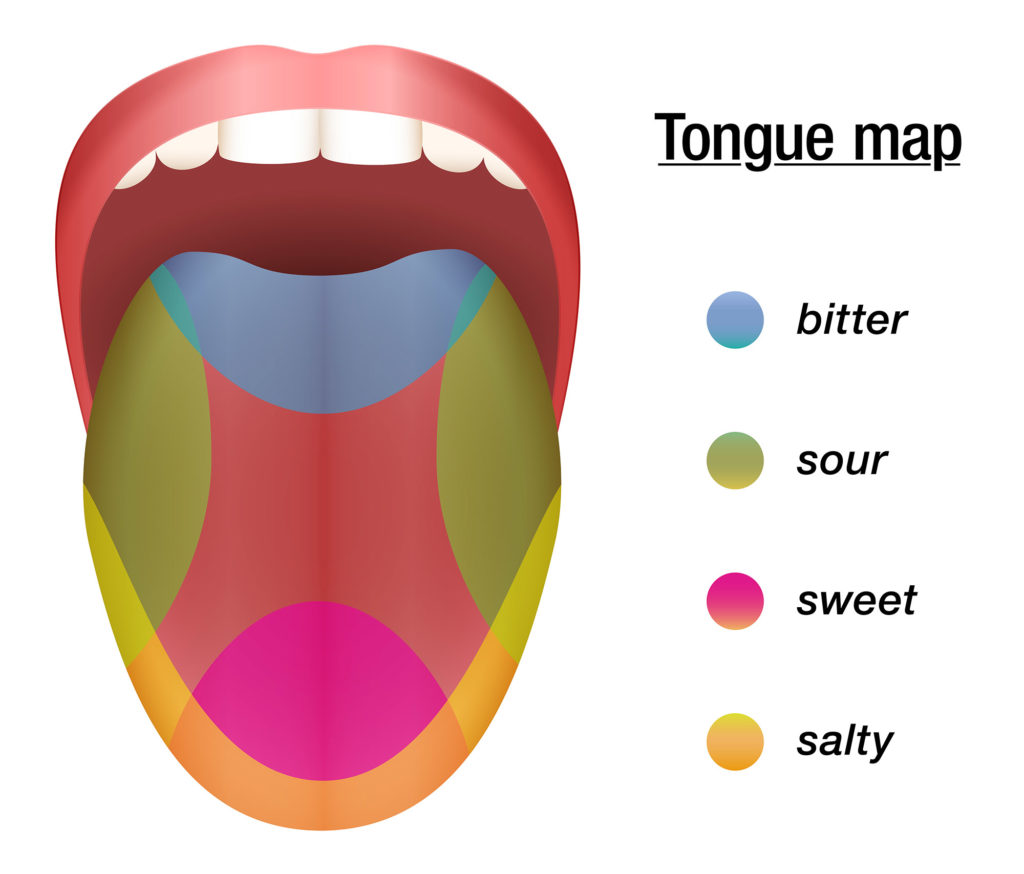
6b3 Senses HumanBio
Anatomy Where is the tongue located? Your tongue runs from your hyoid bone (located in the middle of your neck) to the floor of your mouth. Advertisement What is the tongue made of? Your tongue is mostly made of muscles.

Anatomy and Physiology Sensory Perception
It is made up of four pairs of muscles: 1 Intrinsic (entirely within the tongue): superior longitudinal, inferior longitudinal, vertical, and transverse muscles. Their role is to change the shape of the tongue, having a role in facilitating speech, eating, and swallowing.

Dorsal Surface Of Tongue , Png Download Tongue Diagram Simple, Transparent Png , Transparent
Anatomical Structure of Human Tongue (With Diagram) | Biology Article Shared by ADVERTISEMENTS: In this article we will discuss about the anatomical structure of human tongue with the help of suitable diagrams. Tongue (Fig. 9.5) is made up of three elements; epithelium, muscles and glands. The epithelium is stratified and non-cornified.

Tongue Surface Anatomy of the Tongue Head and Neck Human Anatomy YouTube
Human body Digestive System Tongue Tongue The tongue is unique in that it is the only muscle that isn't connected to bone at both ends. It is connected on one end to the hyoid bone, which is.
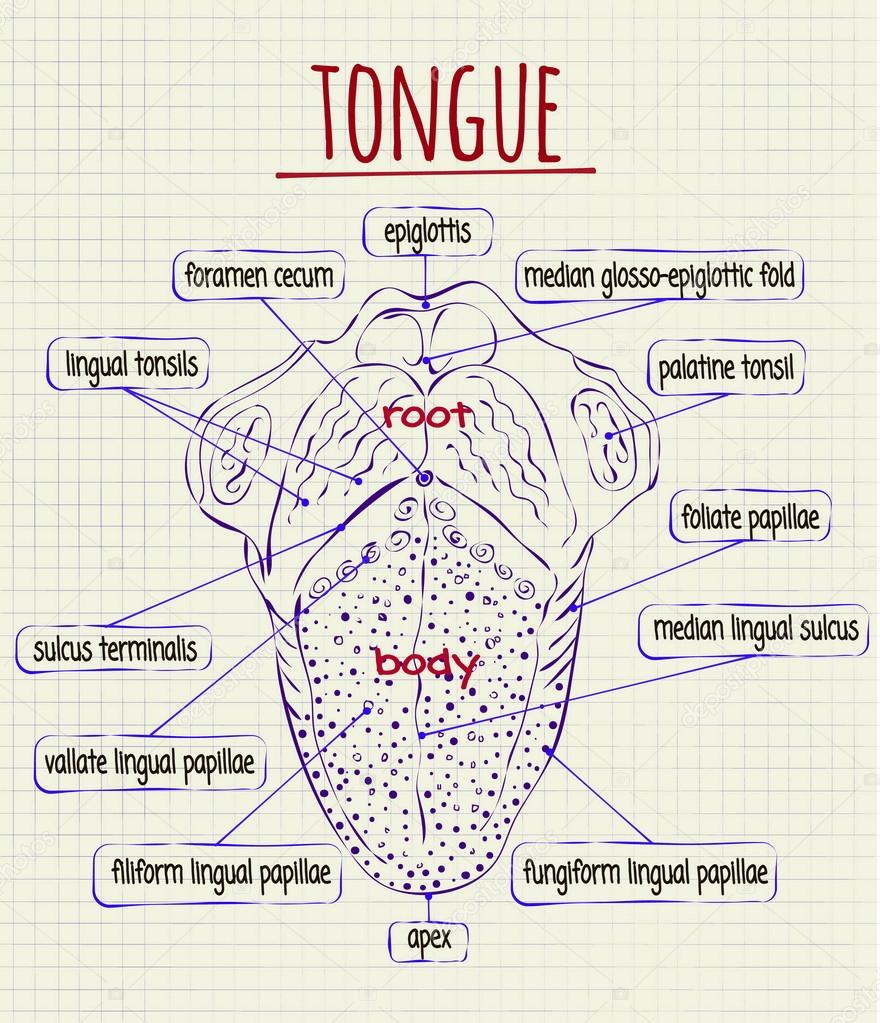
Diagram of the anatomy of human tongue Stock Vector Image by ©Silbervogel 83471906
Matej G. is a health blogger focusing on health, beauty, lifestyle and fitness topics. He has been with healthiack.com since 2012 and has written and reviewed well over 500 coherent articles.
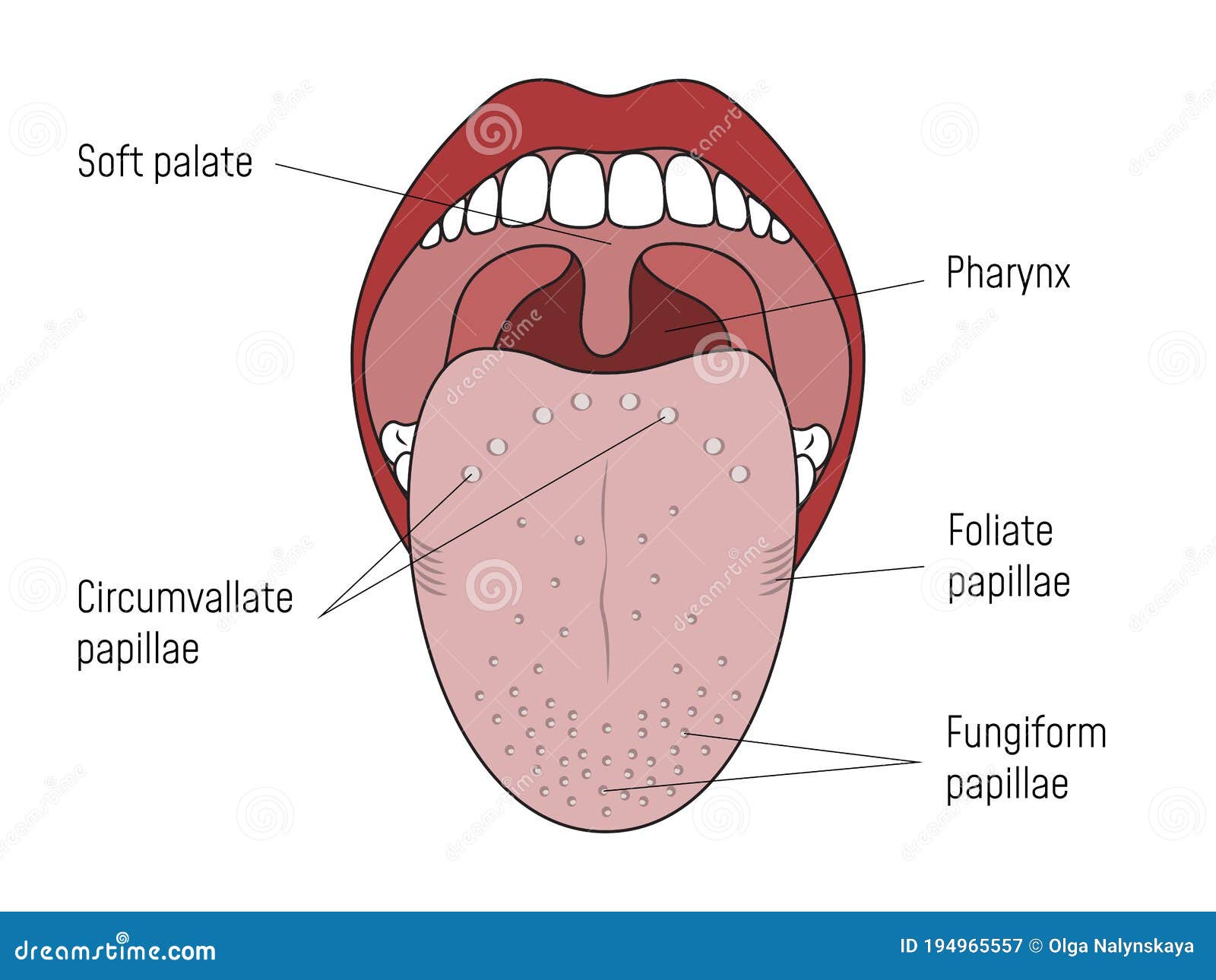
Lingual Gustatory Papillae and Taste Buds Human Mouth Stock Vector Illustration of biology
Overview. The tongue is a mass of muscle that is almost completely covered by a mucous membrane. It occupies most of the oral cavity and oropharynx. It is known for its role in taste, but it also assists with mastication (chewing), deglutition (swallowing), articulation (speech), and oral cleansing. Five cranial nerves contribute to the complex.

Anatomy Of Tongue ANATOMY
3 min read Image Source © 2014 WebMD, LLC. All rights reserved. The tongue is a muscular organ in the mouth. The tongue is covered with moist, pink tissue called mucosa. Tiny bumps called.

Anatomy of Tongue Biology Ease
Figure 1. A Sagittal view of the external muscles of the tongue, B sagittal and C anterior cross-section view of the internal muscles of the tongue. Figure 2. Sagittal view of the tongue in the oral cavity. B Superior view of the tongue. Figure 3. Inferior view of the tongue. Figure 4. Sensory innervation of the tongue. Figure 5.
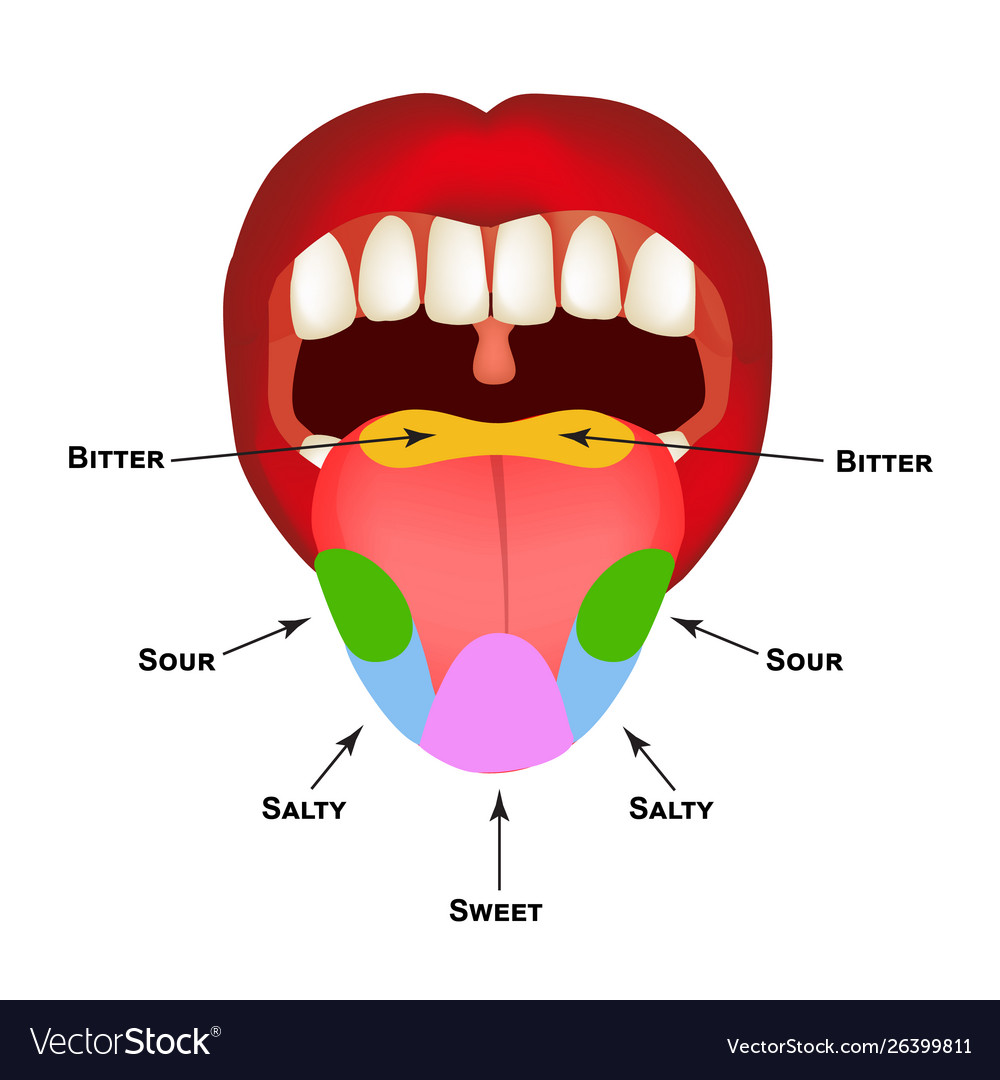
Anatomical structure tongue taste buds on Vector Image
Read about the human tongue and view a tongue diagram. Learn about the parts of the tongue, which includes taste buds, and learn about the tongue's function. Updated: 09/13/2022 What is.

Tongue Anatomy Diagram
The tongue also determines whether a vowel is tense or lax. Both the "ee" and "ah" I discussed are tense—the schwa (ə), as in the first syllable of "maroon," is a good example of a lax vowel. You can read more about the anatomy and physiology of speech sounds here. For now, let's move on to the tongue's role in swallowing food.
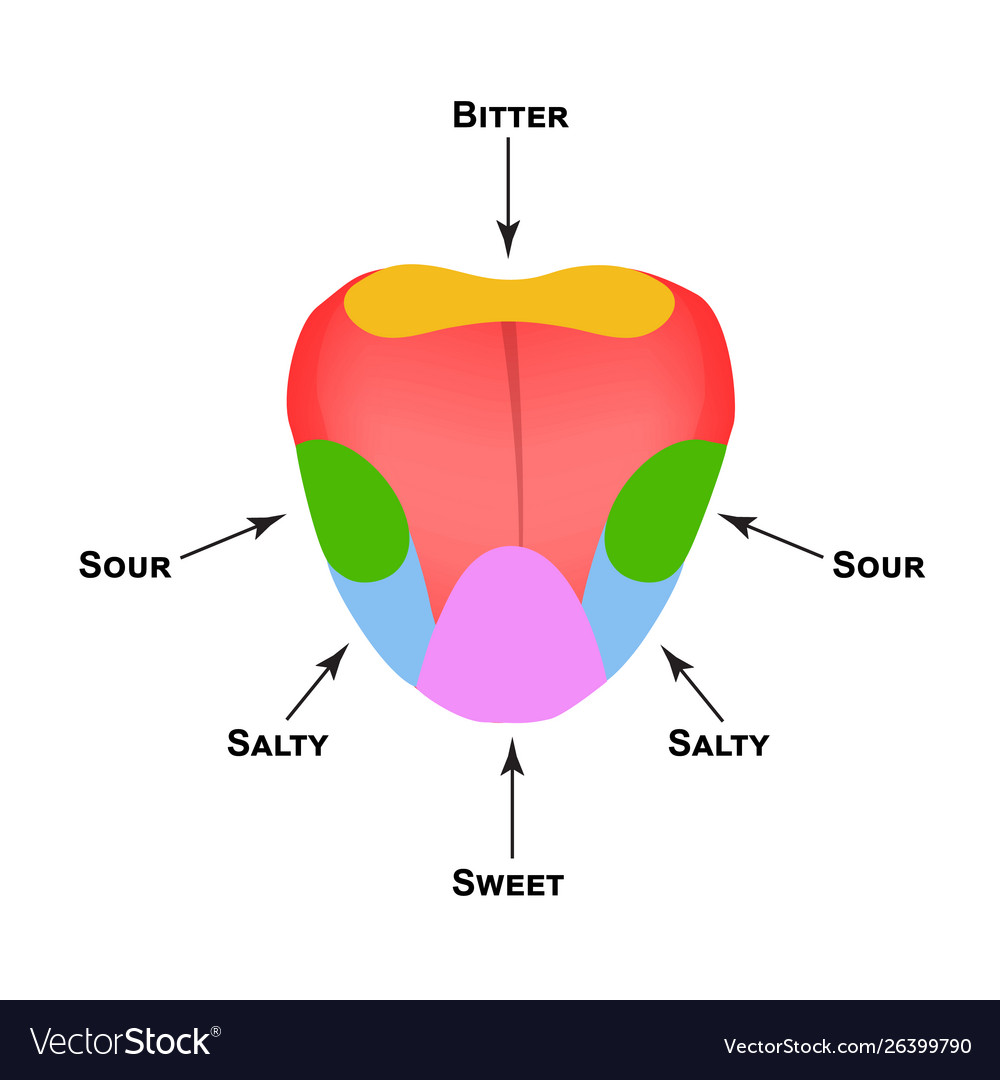
Anatomical structure tongue taste buds on Vector Image
The tongue is a muscular structure located on the floor of the oral cavity. It is the primary taste organ and plays a key role in the initial phases of swallowing. In this article, we shall look at the anatomy of the tongue - its structure, innervation and clinical correlations.
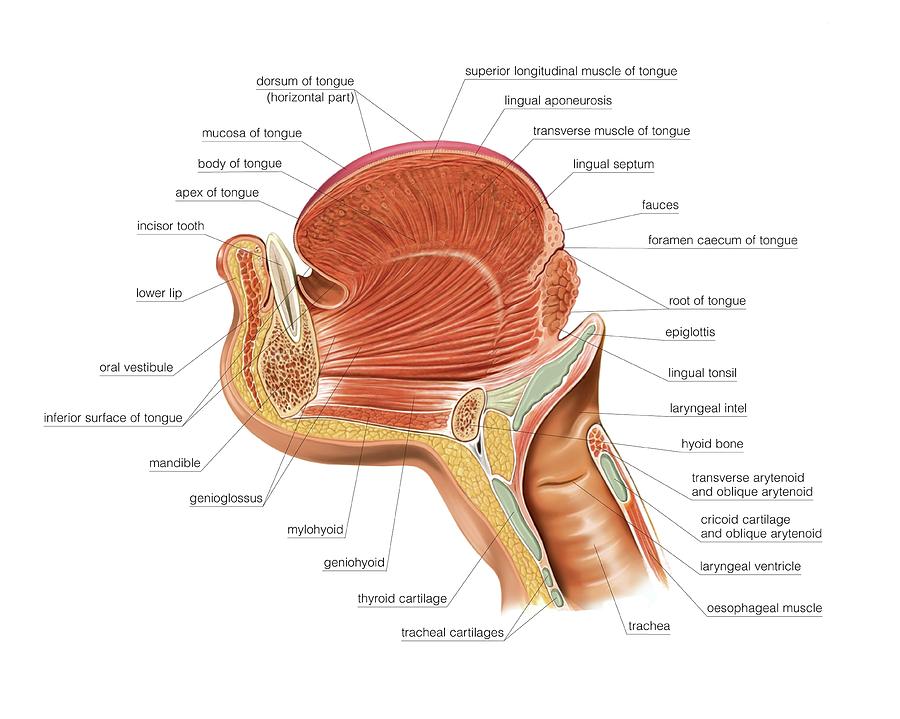
Tongue Anatomy Diagram Anatomical Charts & Posters
The tongue is a muscular organ of the oral cavity and is an accessory digestive organ in the digestive system. It has many functions of which the most important are mastication, taste, swallowing, speech, and clearing the oral cavity.

Structures of the Tongue Diagram Quizlet
The tongue is a mass of muscles covered by a mucous membrane that is important for taste sensation. Beyond its obvious role in eating—manipulating food into a bolus that can be safely passed into the throat with swallowing—it also has a vital contribution to speech. It may even affect breathing, especially in sleep. Eating

The Tongue Diagram Quizlet
The taste buds are bulb-shaped structures responsible for taste perception, located within the lingual papillae and in the surface mucosa of the soft palate, oropharynx, epiglottis, and upper esophagus. It is the only extrinsic muscle of the tongue that is not innervated by the hypoglossal nerve but by the vagus nerve (CN X). Contraction of the.